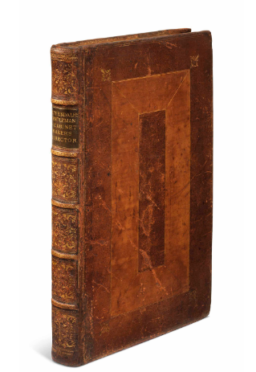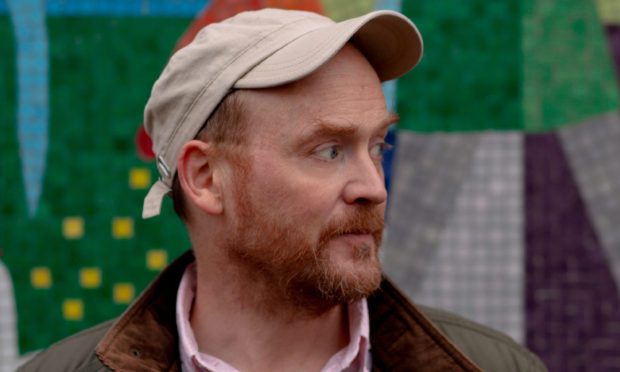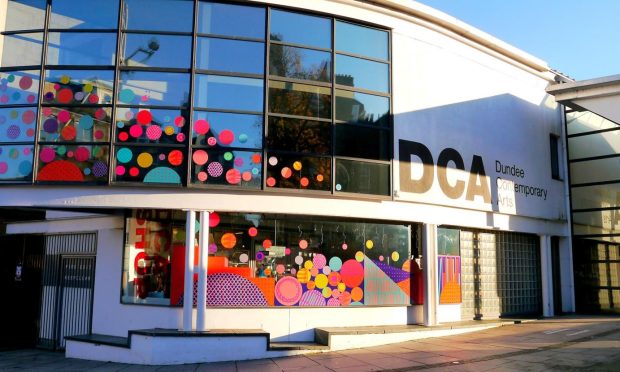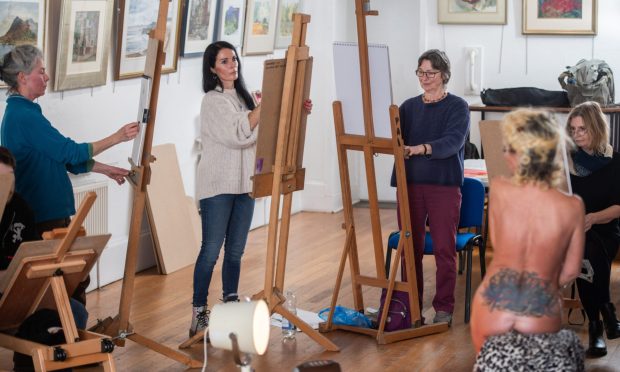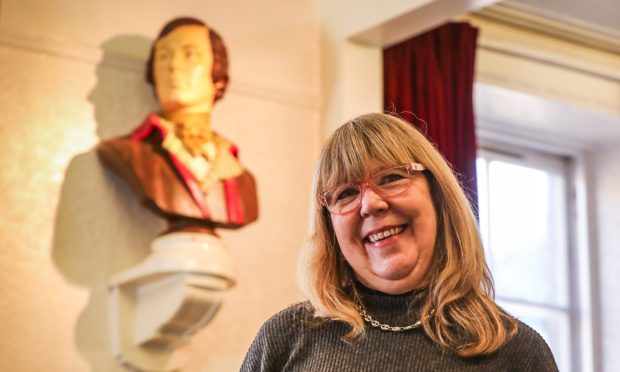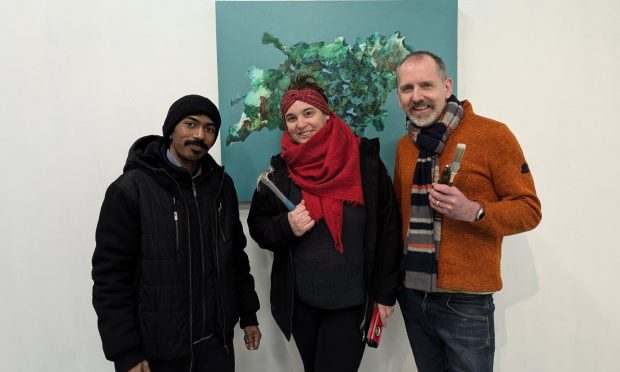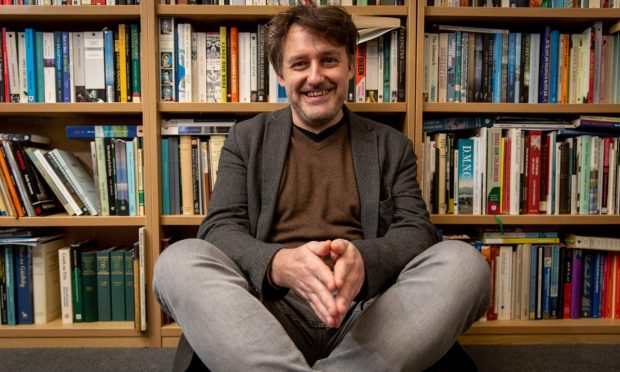Last year was the 300th anniversary of the birth of the greatest English cabinet-maker, Thomas Chippendale (1718-1779).
Plucked from a past sale at Christie’s, I illustrate the book which made him famous.
The Gentleman and Cabinet-Maker’s Director: Being a large Collection of the Most Elegant and Useful Designs of Household Furniture, in the Most Fashionable Taste, was first published by Chippendale in 1752.
Now, may I introduce Dundee, Perth and Kirkcaldy to his story!
The 1762 ‘enlarged’ edition shown here was once owned by William Stephen, a cabinet-maker who worked in Meadow Entry, Dundee. Its inscription is dated 1788 and Stephen notes a purchase price of £4 4s 0d.
Chippendale moved to London in 1748 where he set up premises not far from Covent Garden where James Christie, a runaway from Perth, was to hold his first auctions; tradition has it that his rostrum was supplied by Chippendale and is still in use to this day.

The men went their separate ways. Christie is remembered today in every Christie’s auction catalogue. Chippendale made his name with the Director, which contained 160 designs for wealthy clients to choose from and for other cabinet-makers to copy.
When, in 1763, the Kirkcaldy-born architect Robert Adam remodelled Sir Lawrence Dundas’s London house in the new neo-classical style, he provided a design for a sofa that was a transition between the curvaceous forms of Chippendale’s rococo, yet adorned with neo-classical ornament. The design was transformed into reality by Chippendale and is the only known instance of Chippendale executing an Adam design.
The one-time Dundee copy perhaps formed part of Stephen’s workshop auctioned by roup in Meadowside in 1819. It made a six-times estimate £32,500 – not then, but at Christie’s!
Picture: Chippendale’s Director, £32,500 (Christie’s).
